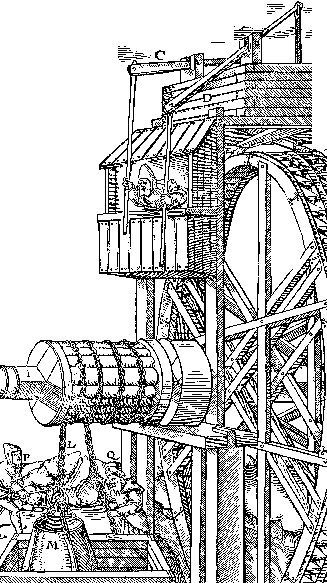The Pulfrich Effect: Related Literature on Personal Equation


The personal equation refers to a correction to systematic errors of observation in astronomy. The personal equation was used during the late 19th and early 20th century, before widespread use of photographic paper or electronic instrumentation.
C. Wolf reported in the 1860's that different astronomers made certain observational measurements consistently differently. These observations included occultations, telescope reticle-crossings, and other events which occurred suddenly and were time-dependent. Wolf showed that the variance in these measurements could be reduced very considerably by assigning each individual astronomer a specific personal equation which in general differed from that of other astronomers. By correcting event measurements according to personal equation, the consistency, precision, and accuracy of the measurements could be improved.
Nowadays, we recognize that the personal equation factor may be explained in terms of reaction time, visual illusion such as Pulfrich or Hess effect, and difference in subjective criterion defining the event to be recorded.
Some fun photos and other material relevant to physics and astronomy
might be interesting to the reader.
The links below begin with an excerpt of an early passage by Galileo on the speed of light. Although the method is reported by Galileo to have failed (because of the short lamp-to-lamp distance), the Galilean "spurt camera" would have permitted measurement of any reasonably long time interval. Just as a streak camera converts time to distance, Galileo's "camera" was designed to convert time to weight of water.
| Galilei, Galileo . |
Measuring the Speed of Light In Dialogues Concerning Two New Sciences. Leyden: Elzevirs, 1638. Translated into English by Henry Crew and Alfonso de Salvio, with English Introduction by Antonio Favaro. London: Macmillan & Co., 1914. Republished New York: Dover Publications, Inc., 1954, pp. [87] - [88] (Translator's pp. 42 - 44). |
| Wolf, Charles . |
Recherches sur l'equation personnelle dans les observations de passages, sa determination absolue, ses lois et son origine. In Comptes Rendus des Seances de l'Academie des Sciences (Paris), 1865, 60, 1268 - 1272. Original journal article in French. |
| Canales, Jimena . |
Excerpts from "The Single Eye: Reevaluating Ancien Regime Science". In press, 2001, History of Science, 39, 71 - 94. Commentary and context on some of C. Wolf's struggles at the Paris Observatory. |
| Canales, Jimena . |
Abstract of "Exit the frog, enter the human: physiology and experimental psychology in nineteenth-century astronomy". The British Journal for the History of Science, 2001, 34(2), 173 - 197. Experimental studies on human reaction time in astronomy spread their influence to biological investigations and introduced fundamental changes in perspective of individual differences. |
| Carter, William E. and Carter, Merri Sue . |
Selected quotes from"Simon Newcomb, America's first great astronomer". Physics Today, 2009, 62(2), 46 - 51. Newcomb's many contributions included the use of photography to increase the precision of transit pass observations. He also used the Earth's orbital speed and the resulting tiny nutation of the observed locations of the fixed stars to estimate the speed of light. |
| Daukantas, Patricia . |
"Ole Roemer and the Speed of Light". Optics and Photonics News, 2009, 20(7/8), 42 - 47. In this article, the author reports that 17th-Century Roemer was the first with observational data showing that the speed of light was not infinite. He noticed that eclipses by Jupiter of its moons varied consistently in time of occurrence, depending on the Earth's relative position. Roemer predicted further observational errors by estimating the speed of light. Cassini and Hooke insisted that the speed was infinite; Newton, like Galileo, believed it was finite. |
Back to Pulfrich Effect Home. University Privacy Policy
The Pulfrich Effect, SIU-C. Last updated 2009-07-28